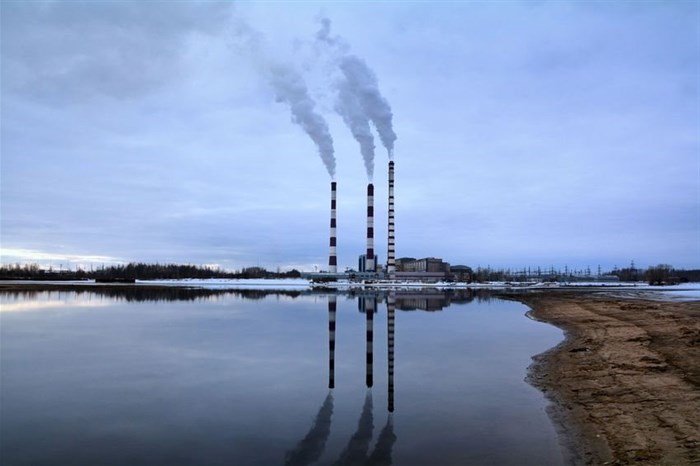
Top stories






RetailSuperga’s century of style: Celebrating 100 years of the iconic 2750 classic
Crick Group 7 Apr 2025
More news

Marketing & Media
#BehindtheSelfie: Adriana Woolridge, marketing manager at Homemation
Karabo Ledwaba 1 day















In order to achieve this, SA government has revised the carbon tax incentives and deterrents, which has lead to a decrease of the tax-free carbon allowance and an increase of the carbon tax rate. This will have significant implications across various industries, especially for carbon-intensive ones.
Phase 2 of the carbon tax framework is set to commence in 2026.
Roxanna Naidoo, head of Global Strategy at Latita Africa, outlines some of the key revisions and the impact they will have on different industries. One of the biggest changes is a cut in the tax-free carbon allowance from 60% to 30% by 2026. This is meant to encourage companies to reduce their carbon emissions, says Naidoo.
Every year until 2030, there will be a further annual reduction of this allowance by 2.5 percentage points. Meanwhile, government is increasing the offset allowance for combustion emissions from 10% to 25% to encourage companies to invest in approved carbon offset projects in order to reduce their carbon tax liability.
The reduction in tax-free allowances will substantially raise the tax liabilities in traditionally carbon-intensive industries such as mining, steel, and cement production.
“This escalation in operational costs may compel these sectors to invest in cleaner technologies and enhance energy efficiency to mitigate financial impacts,” says Naidoo. “Although the increased offset allowance offers some relief by permitting greater use of carbon offsets, it may not fully counterbalance the heightened tax burden.”
The energy sector, led by state-owned Eskom with its heavy reliance on coal-fired power generation, will also face increased financial pressure. Here the revised tax structure aims to encourage a shift towards renewable energy sources without directly passing additional costs onto consumers, according to Naidoo. However, the transition may necessitate significant investment in renewable infrastructure and could influence electricity pricing strategies.
For export-oriented industries, the higher domestic carbon tax may bring some advantages in the global context. South African products are likely to benefit from the reduced carbon price differential, potentially mitigating additional tariffs on exports into jurisdictions with carbon tax frameworks such as the European Union's Carbon Border Adjustment Mechanism (CBAM).
“This alignment with international carbon pricing can enhance the global competitiveness of South African goods,” says Naidoo.
She points out that the policy changes are also creating opportunities for growth in renewable energy and carbon offset projects. “Companies may increasingly invest in renewable energy initiatives to reduce taxable emissions,” she says.
“Additionally, the expanded offset allowance incentivises the development of projects that generate carbon credits, fostering innovation and investment in sustainable practices.”
While South Africa’s stricter carbon tax policy will present challenges, particularly for carbon-intensive sectors, it also offers opportunities for innovation, investment in cleaner technologies, and alignment with global carbon pricing mechanisms. Naidoo advises industries to proactively adapt to these changes to maintain competitiveness and contribute to national and global climate objectives.